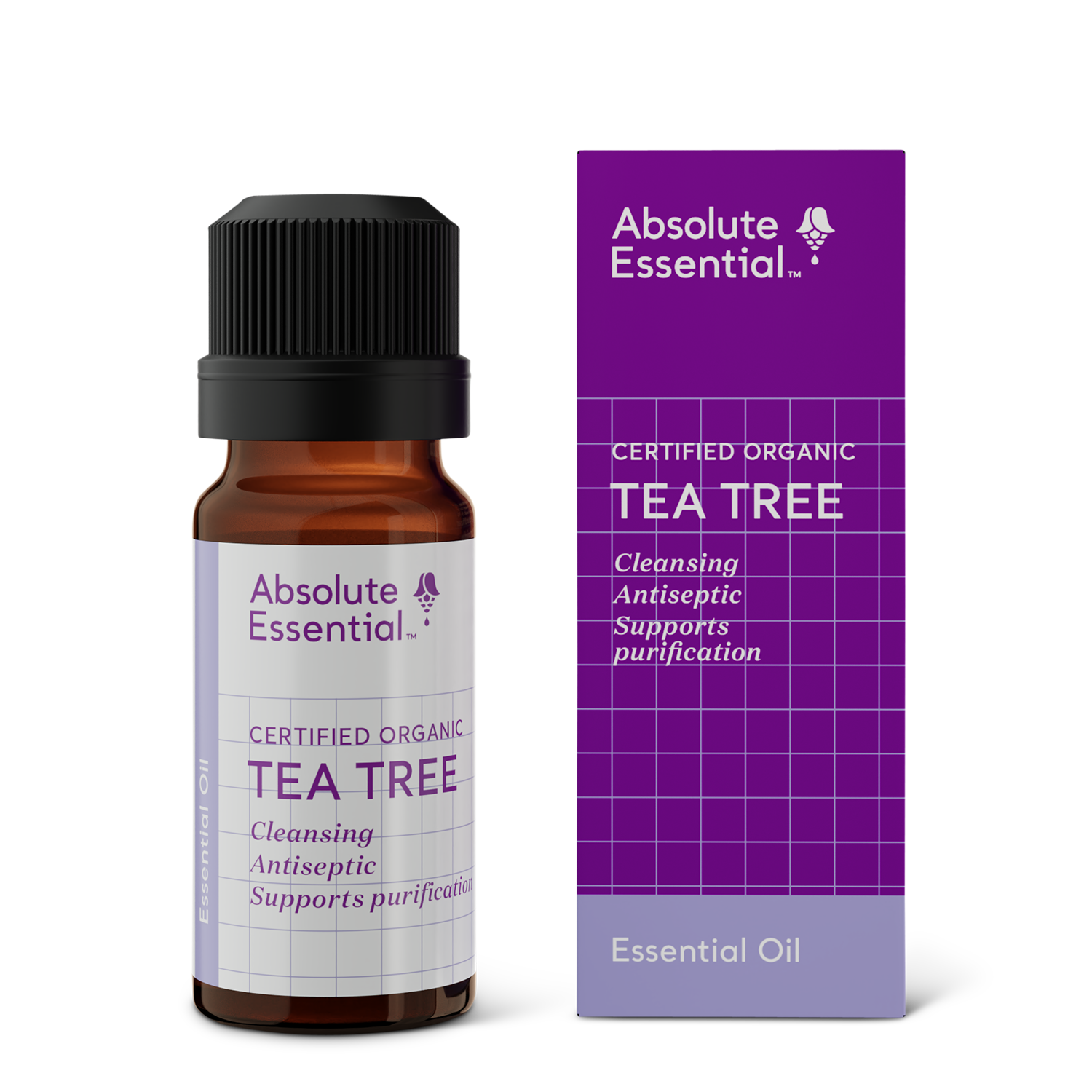Tea Tree
Melaleuca alternifolia
Origin: Australia
Family: Myrtaceae
Part used: Leaves in flower
Often confused with:
Manuka
A strong anti-bacterial and anti-microbial for treating skin conditions and congestion. Gentle aroma.
Kanuka
An effective anti-fungal for treating respiratory conditions and supporting the immune system. Sweeter aroma.

